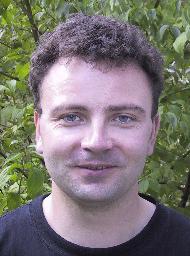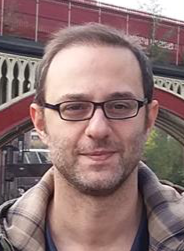 Vlastimil Havran is Associate professor at the Czech Technical University in Prague. His research interests include data structures and algorithms for rendering images and videos, visibility calculations, geometric range searching for global illumination, software architectures for rendering, applied Monte Carlo methods, data compression etc. His talk takes place on Monday, December 4, 2017 at 12:00 in room E105.
Vlastimil Havran is Associate professor at the Czech Technical University in Prague. His research interests include data structures and algorithms for rendering images and videos, visibility calculations, geometric range searching for global illumination, software architectures for rendering, applied Monte Carlo methods, data compression etc. His talk takes place on Monday, December 4, 2017 at 12:00 in room E105.
Surface reflectance in rendering algorithms
The rendering of images by computers, i.e., computationally solving a rendering equation, consists of three components: computing visibility for example by ray tracing, the interaction of light with surface and efficient Monte Carlo sampling algorithms. In this talk, we focus on various aspects of surface reflectance. That is a key issue to get high fidelity of objects’ visual appearance in the rendered images not only in the movie industry but also in real time applications of virtual and augmented reality. First, we recall the initial concepts of surface reflectance and its use in rendering equation. Then we will present our results on the surface reflectance characterization and its possible use in rendering algorithms. Further, we will show why the standard surface reflectance model usually represented as bidirectional reflectance distribution function needs to be extended spatially to achieve high fidelity of visual appearance. As this spatial extension leads to a big data problems, we will describe our algorithm for compression of spatially varying surface reflectance data. We also will describe an effective perceptually motivated method to compare two similar surface reflectance datasets, where one can be the reference data and the second one the result of its compression. As the last topic, we will describe the concepts and problems when we measure such surface reflectance datasets for real-world applications.
